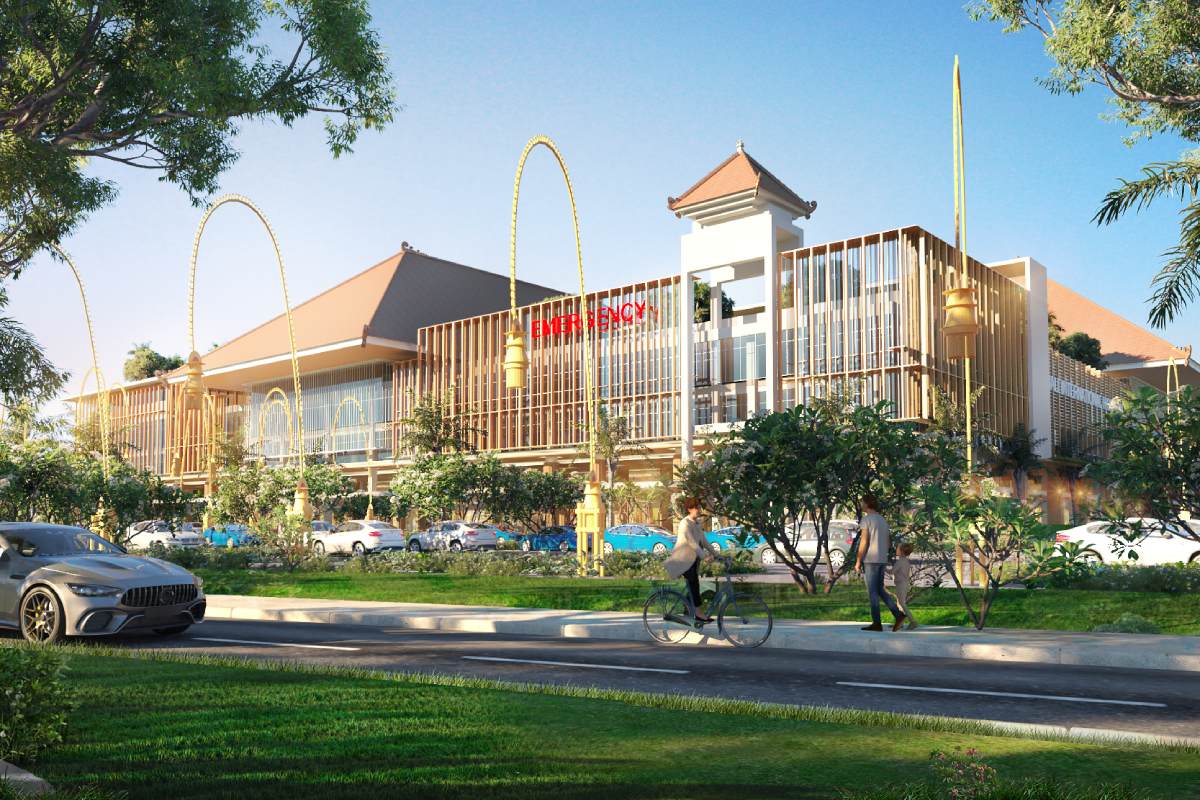
Bali, a popular tourist destination, has strict building codes and regulations to ensure the safety and well-being of both residents and visitors. These codes and regulations cover various aspects of construction, such as building design, materials used, and safety requirements.
Some of the key regulations include the following:
Building Height Restrictions:
There are strict regulations regarding the maximum height of buildings in Bali, particularly in tourist areas, to maintain the traditional aesthetic of the region.In Bali, building height restrictions are in place to maintain the island’s unique cultural and aesthetic identity. The height limit is typically set at 15 meters (49 feet) for buildings in tourist areas and 18 meters (59 feet) for buildings outside of these zones. However, stricter height limits may apply near temples and other cultural sites. This regulation preserves the traditional Balinese landscape and skyline, characterized by low-rise structures, verdant rice terraces, and beautiful temples.
Building Design and Style:
Bali’s distinct architectural style is reflected in the local building codes and regulations. The design of buildings must comply with the local cultural and aesthetic traditions and adhere to safety requirements.
Earthquake Resistance:
Bali, being part of the seismically active “Ring of Fire,” is prone to earthquakes. As a result, local building codes and regulations require structures to be designed and built with earthquake resistance in mind. This involves several key factors:
Structural design: Buildings must be designed with a strong, rigid framework that can withstand lateral forces caused by earthquakes. This often involves the use of reinforced concrete, steel, or other strong materials that can absorb and distribute the forces throughout the structure.
Foundation design: Foundations must be built on solid ground and designed to transfer the loads from the building to the ground safely. This may involve the use of deep foundation systems, such as piles or caissons, to ensure stability during seismic events.
Building techniques: The construction process must adhere to specific techniques and methods to ensure that the building’s structural integrity is maintained during an earthquake. For example, connections between structural elements must be strong and secure, and proper reinforcement must be used in concrete structures.
Retrofitting: In some cases, existing structures may need to be retrofitted to meet the earthquake resistance requirements of the building codes. This could involve strengthening walls, columns, and other structural elements or adding new structural components.
Building Materials:
The building codes and regulations in Bali emphasize the use of environmentally friendly and sustainable building materials. These materials should have minimal impact on the environment, be sourced locally when possible, and promote energy efficiency. Some examples of sustainable building materials include:
Bamboo: A fast-growing and renewable resource, bamboo is an excellent alternative to traditional hardwoods. It is lightweight, strong, and flexible, making it a suitable choice for various construction purposes, from flooring to structural supports.
Recycled materials: Using recycled materials, such as reclaimed wood, metal, or brick, can reduce waste and lessen the environmental impact of construction projects.
Natural insulation: Materials like coconut fiber and rice husks can provide effective insulation, improving energy efficiency and reducing the need for artificial heating and cooling systems.
Green roofs: Incorporating green roofs, which are covered with vegetation, can help reduce energy consumption, mitigate the urban heat island effect, and provide additional green spaces.
Fire Safety: Bali’s building codes and regulations also include provisions for fire safety, including fire exits, fire alarms, and sprinkler systems.
Building codes and regulations are put in place to ensure the safety and sustainability of structures. In Bali, the building codes and regulations are governed by the Indonesian government and the local government of Bali. These regulations set standards for construction, design, and maintenance of buildings in the region.
Bali has its own specific set of regulations that take into consideration the unique geological, climatic, and cultural aspects of the island. For example, the regulations require that buildings be designed to withstand the frequent earthquakes, high wind speeds, and other natural hazards in the region. Additionally, the regulations also require buildings to maintain the aesthetic and cultural heritage of the island, in order to preserve its unique character.
Complying with these building codes and regulations can be a complex and time-consuming process for builders and developers. Nata Konstruksi, as a leading construction company in Bali, can help navigate these regulations by providing expert guidance and assistance throughout the construction process. They have a thorough understanding of the local building codes and regulations, as well as the experience and knowledge necessary to ensure that all projects are completed in compliance with these standards.
Whether you are a builder, developer, or property owner, Nata Konstruksi can help ensure that your building projects are completed in compliance with the local building codes and regulations in Bali. Their expertise and commitment to sustainable building practices make them a trusted partner in the construction industry.